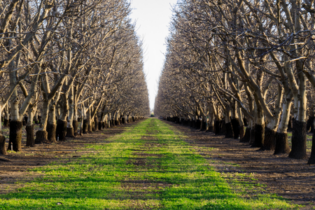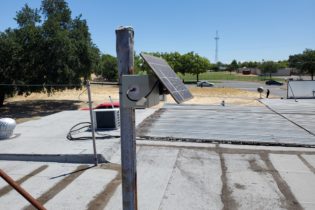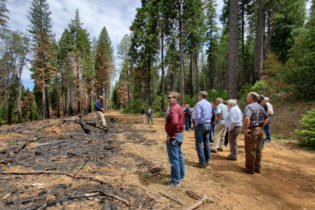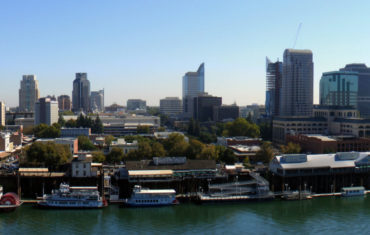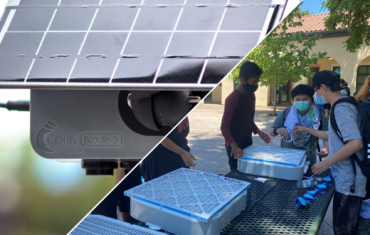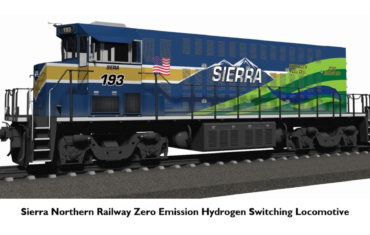Air Quality and “Exceptional Events” – A Primer
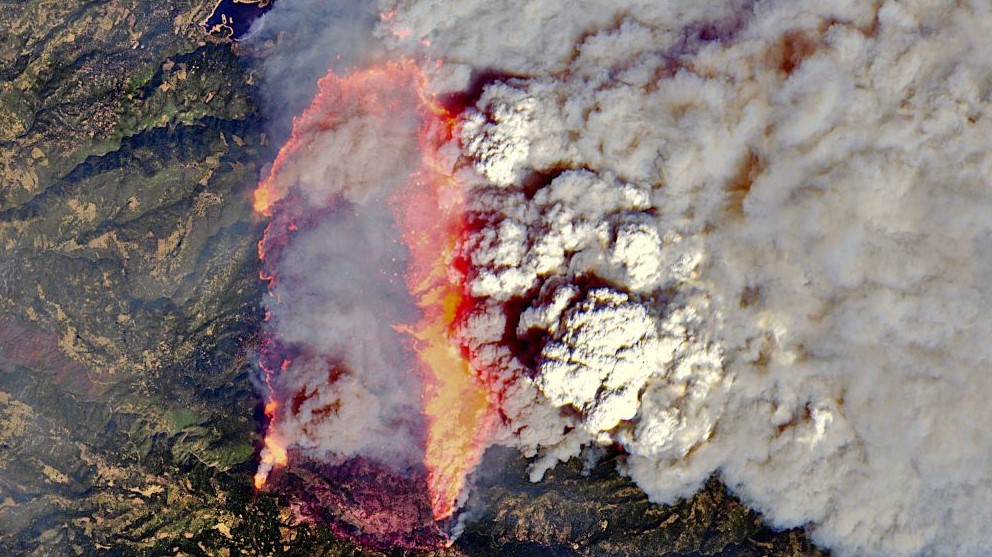
For more than 35 years, the Cleaner Air Partnership (CAP) has been the Sacramento region’s most prominent voice focused on advancing partnerships between local government, industry, and environmental groups to improve air quality. Key to our mission is the identification of win-win-win opportunities for collaboration between these sectors.
Some of our coalition “wins” have included successful advocacy for legislation in 1997 to require the Bay Area to implement NOx reduction in their smog check program (which was disproportionately impacting our region), establishing a permanent CARB Board seat for a Sacramento region representative in 2012, and the designation of South Sacramento-Florin as a first-round AB 617 environmental justice community in 2018.
Public education is particularly important as we think about issues that impact public health – simplifying complex air quality topics is a core Cleaner Air Partnership activity as part of our quarterly Luncheons, Technical Advisory Committee meetings, and related efforts.
Last month, our region’s largest public radio station, Capital Public Radio, published several pieces related to the “exceptional events rule” utilized by air quality regulators across the nation:
- Insight: Loophole Lets Air Regulators Wipe Pollution From Records
- What is the exceptional events rule? The loophole letting US regulators wipe air pollution from the record
- Revealed: how a little-known pollution rule keeps the air dirty for millions of Americans
The best definition of “exceptional events” comes from the San Joaquin Valley Air Pollution Control District (SJVAPCD): “Exceptional events are unusual or naturally occurring events that can affect air quality but are not reasonably controllable using techniques that tribal, state or local air agencies may implement in order to attain and maintain the National Ambient Air Quality Standards (NAAQS). Exceptional events may include wildfires, high wind dust events, fireworks, prescribed fires, stratospheric ozone intrusions, and volcanic and seismic activities.”
All of the news articles question the value of the exceptional events rule to public health, purporting that the rule “wipes air pollution from the record.” Put simply, this is inaccurate information that mixes up different air agency activities, resulting in a false characterization of what the rule actually does. These processes are described below:
- Activity #1: Air Quality Management: At its core, air quality management in the United States means implementation of the Clean Air Act, “the comprehensive federal law that regulates air emissions from stationary and mobile sources.” The Act sets policy interventions such as emission standards for anticipated and controllable sources of pollution. By definition, an “exceptional” event is unanticipated and not amenable to policy controls.
- Activity #2: Federal Air Quality Monitoring: The purpose of air agencies conducting Federal air quality monitoring is to track the progress of regulatory actions and pollution reduction measures taken by federal, state, or local authorities for emission sources under their control (such as permitted facilities). However, “exceptional events” are outside the control of air agencies. For example, when there’s a wildfire in Paradise that creates toxic air pollution in Sacramento, there isn’t a policy mechanism at the local government level to do anything about it beyond exposure reduction. To say that pollution from wildfires is being “erased from regulatory consideration” isn’t accurate, considering the jurisdictional ownership over the issue.
- Activity #3: Data Management: All Federal air quality monitoring data, whether it is collected during an exceptional event or not, is always available to the public and is never deleted. It is critical that the air monitoring results, which are collected and reported by air agencies on an hourly basis, are made available in a transparent and easily accessible manner.
- Activity #4: Public Health Communications: Air agencies are also tasked with communicating air quality conditions to the public, via tools like our local Spare The Air. These important tools help communities decide how and when to protect themselves from exposure to any air pollution throughout their day. Contrary to the reporting cited above, air quality data from exceptional events *is* indeed included in all public health-related communications from air agencies, including Spare The Air, and public health agency records.
As you can see, it’s important to understand the role of federal, state, and local air agencies under the Clean Air Act. Data is not gathered for one single purpose, as agencies have multiple obligations to serve the public. While the exceptional events rule is rather technical, it is important for media outlets to understand the nuances of the issue before broadcasting misleading information to the public.
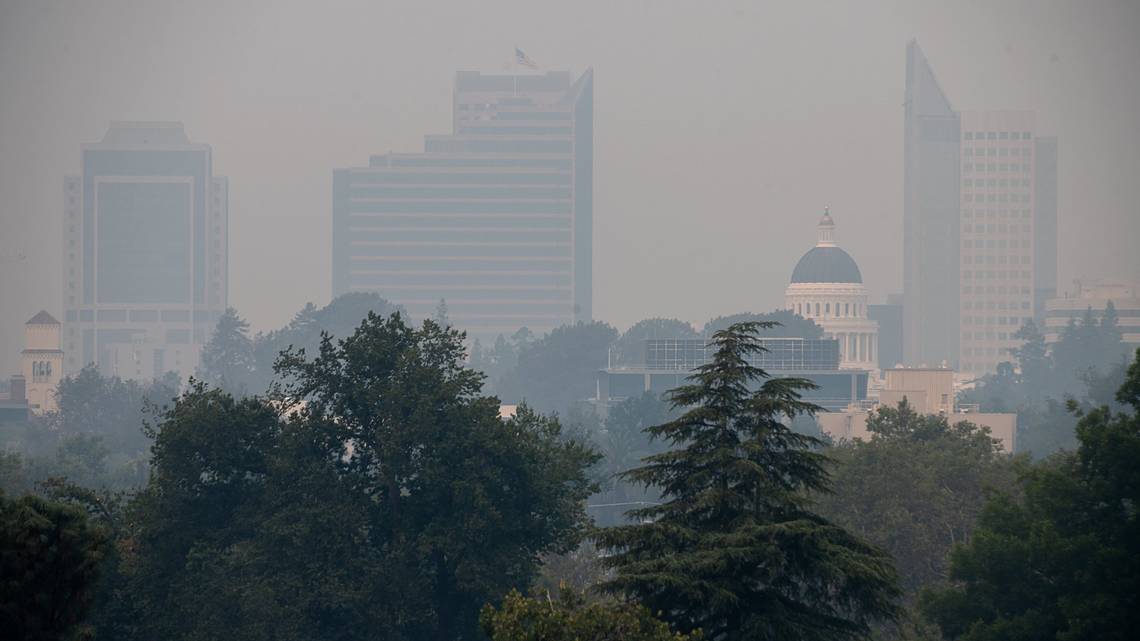
“In partnership with regulatory agencies, environmental health organizations and the public, we have been steadily improving the region’s air quality over the past five decades,” said Jennifer Finton, CEO of Breathe California Sacramento Region. “Exceptional events are merely a designation to account for unforeseen concentrated increases in air pollutants. During these exceptional events and throughout the year, the public can take steps to protect their lung health by following the guidance provided by local health departments and air districts. Individuals can play a critical role in minimizing climate change’s effects on these exceptional events by using active and clean transportation modes, among other behavior changes.”
In a world without the exceptional events rule, our region would have a lot of problems: (1) legally-binding air quality attainment (whether we meet specific air quality goals set by the Clean Air Act) by air agencies would not be possible, (2) As a consequence, we would lose out on funding for transportation and land use projects, and (3) air agencies would not be able to actually do anything to address the sources of the exceptional events, because they lack the regulatory authority.
”The exceptional events rule is a critical tool in understanding the progress the region is making in continuing to reduce emissions from our local sources,” said Erik White, Director of the Placer County Air Pollution Control District. “Without it, we would not be able to craft effective local strategies to continue reducing emissions, especially for our most vulnerable citizens.”
The Cleaner Air Partnership is committed to simplifying and successfully communicating these complex topics to our communities. As with the “exceptional events rule,” we will continue to ensure that accurate information about air quality is disseminated as a resource for the public. To keep up with the Cleaner Air Partnership, sign up for our “Cleaner Air News” email newsletter here (select ‘Clean Economy’).
